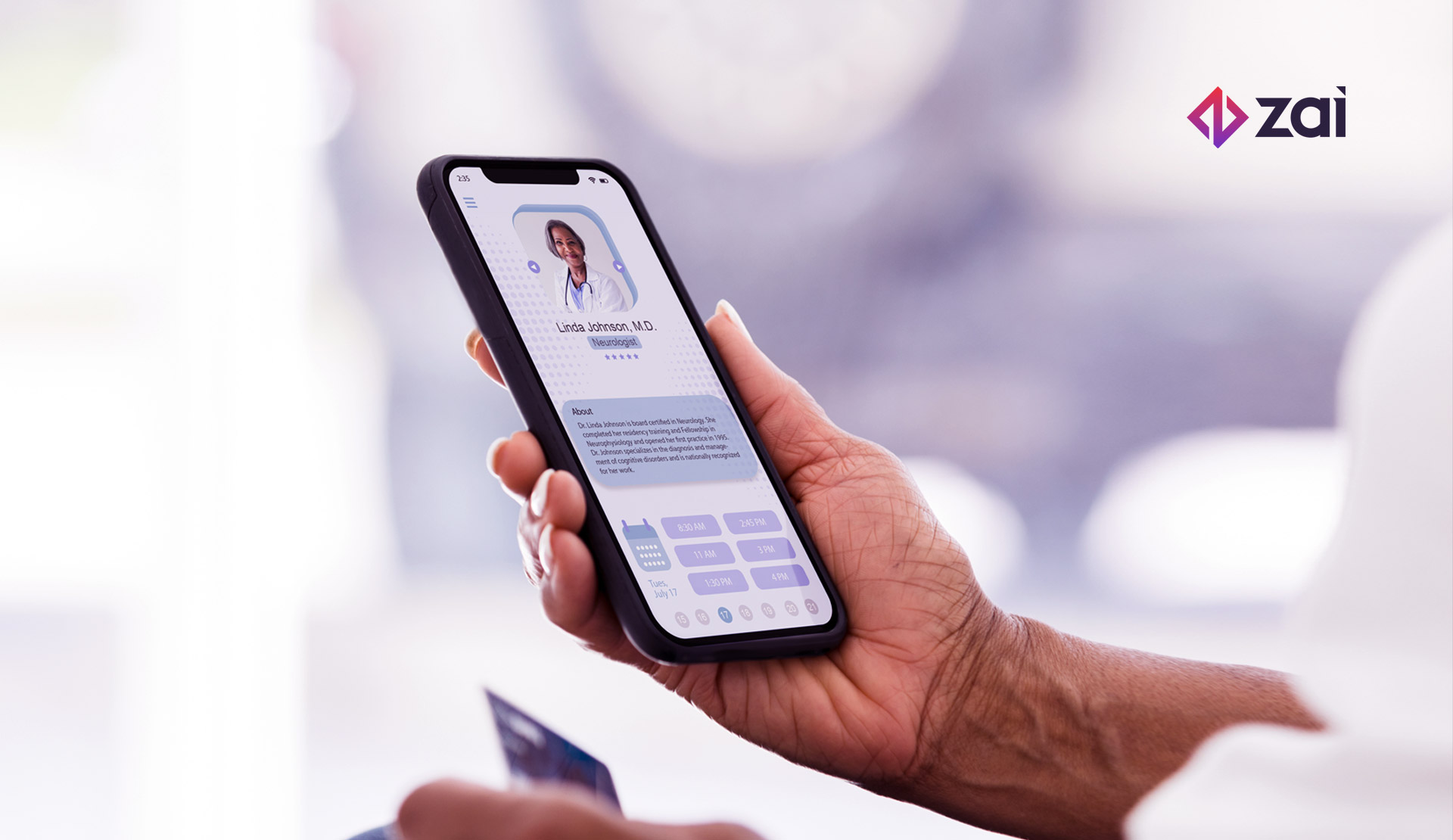Today’s gig economy is the segment of the workforce involved in freelance work facilitated through online platforms and mobile apps. Jobs in the gig economy are diverse, ranging from niche professional services to on-demand work for delivery and rideshare companies.
Whether to supplement their income, or to replace their traditional jobs entirely, growing numbers of Australians are working in the gig economy. According to a report by the Actuaries Institute, the gig economy in Australia grew 9-fold between 2015 and 2019. In 2019 alone, it grew by 33% and was valued at $6.3 billion.
Driven by globalisation, underemployment, inflation, a trend towards outsourcing and soaring innovation in the tech industry, this staggering gig economy growth happened prior to 2020.
Before the outbreak of Covid-19, gig workers were predicted to make up 40% of the global workforce by 2025. However, the pandemic has accelerated demand and competition in the gig economy, putting regulatory and industrial relations issues under the spotlight, and illuminating the risks and opportunities that lie ahead for businesses.
To understand why the pandemic accelerated growth in the gig economy and why it’s becoming an increasingly important topic for businesses, we first need to realise that gig work has a long history.
History of the gig economy
In contrast to the security offered by regular jobs, gigs are a once-off or short-term source of income with no protection or promise of future work. This kind of work is not a new phenomenon; jazz musicians began referring to their paid performances as ‘gigs’ in the early 1900s and the term is still used in the world of entertainment to this day.
A look back through the last century reveals that gig work in the wider economy tends to rise alongside an economic downturn. The Great Depression left many unemployed in the 1930s, and people got by on odd jobs, or by travelling from farm to farm, helping with seasonal harvests. World War II created major gaps in the workforce, and new companies emerged in the 1940s to connect employers with low-cost temporary labour.
As the world began moving online in the mid-90s, websites such as Craigslist, Gumtree and Locanto not only enabled people to search for jobs, but also to find money-making opportunities outside of regular work. Of course, it wasn’t long before these unregulated marketplaces ran into legal and user-safety issues.
Elance (now Upwork) appeared in 1999 to connect small businesses with a global pool of tech-savvy freelancers, and by 2005, anyone with internet access could make money through crowdsourcing marketplaces, such as Amazon Mechanical Turk, a website connecting businesses with remotely located “crowdworkers”.
When employment plummeted in the wake of the global financial crisis of 2008, the technology sector was ready with a new breed of solutions. It was at the height of the crisis in 2009 that the term gig economy first appeared, referring to the freelance work found through apps, which helped many survive the Great Recession.
To better understand the future of the gig economy in Australia, it helps to look at its evolution.
How the gig economy in Australia began
While project-based temporary jobs and seasonal contracts are nothing new in Australia, the disruptive potential of the digital gig economy could be seen as early as 2006 – the year Menulog launched Australia’s first online meal delivery service. Menulog’s innovative business model that connected customers with low-cost workers took a revolutionary turn with the launch of its mobile app in 2009.
In the same year, one of the earliest global crowdsourcing marketplaces for skilled freelancers launched out of Sydney. Freelancer provided a new solution for out-of-work professionals and struggling businesses in the wake of the global financial crisis and, despite running into some privacy problems along the way, remains the biggest gig platform of its kind.
Another Sydney-based startup came onto the scene in 2012 and expanded the Australian gig economy beyond the realm of businesses and professionals. Now with over two million users worldwide, Airtasker enables people to outsource everyday tasks like cleaning, running errands and assembling flatpack furniture. In its collaborations with IKEA, The Good Guys, CommBank and Australia Post, AirTasker has demonstrated that partnerships between traditional businesses and gig platforms can drive enormous growth.
2012 was also the year Uber came to Australia, three years after it was launched in the US to provide on-demand rides. Two years after launching in the UK, Deliveroo brought its powerful predictive technology to the Australian restaurant scene in 2015. The following year, UberEATS came to the table.
Despite many new arrivals, these early players were still the most common gig economy platforms used by Australian gig workers by 2019.
To understand why the pandemic accelerated growth in the gig economy in Australia and why it’s becoming an increasingly important topic for businesses, we first need to realise that gig work has been around long before 2006.
The current gig economy landscape
New digital technologies were already reshaping the way people eat, travel, work and live. The Covid-19 pandemic thrust the gig economy into mainstream business consciousness. Not only did the pandemic increase consumer demand for gig economy services, it also demonstrated that much work can be done from anywhere at any time.
While the office may not yet be obsolete, employees now expect some of the flexibility enjoyed by gig workers. On the other hand, legislation is beginning to catch up with the notoriously unregulated gig economy, and many independent contractors are seeking similar rights and protections offered by traditional employment.
There is also wide-spread adoption of a contingent workforce model by both established companies and startups. Once seen as a cost-saving interim solution, the hiring of freelancers is becoming a key feature of HR strategy for many organisations.
Freelancer management systems (FMS) and temporary labour payroll providers are also on the rise, enabling corporates to better organise their non-permanent workers.
Opportunities and potential risks ahead
Although regulating bodies are seeking to protect gig workers from unfair conditions and exploitation, archaic forms of regulation pose one of the biggest risks when it comes to solving new problems with innovative technology. A new way of working calls for new sets of rules that actually make sense - like algorithmic transparency and traceable transactions.
The shifts currently taking place in the world also present companies with an opportunity to optimise their workforce strategy and offer flexibility for companies and employers while still offering security and fairness.
Looking ahead, a good understanding of blockchain and tokenization may be a great benefit to business leaders, as security and fairness are the most promising potentials of this technology. By adopting tokenisation, Australian fintech companies like Ezypay are able to offer their business customers a stronger collection process and enhanced payment security.
Not only do gig workers have multiple employers competing for their time and skills, but they also have no long-term investment in any one company. These workers are looking for the invigorating work and financial wellbeing that can only be facilitated by cutting edge technology. As such, companies that invest in automation and provide earned wage access to every classification of worker will succeed with this new workforce model.
Understanding the gig economy is now critical to the success of Australian businesses than ever before. Partnering with a payment solution provider, such as Zai, can help companies move money faster and more efficiently, with flexibility and security required by Australia’s changing workforce built in.
To find out more about how Zai can help your business get more from the gig economy in Australia, get in touch.
And for more information on how to use platforms and marketplaces to make your business more agile, download the guide below.


.png?width=211&name=Cover%20(6).png)


